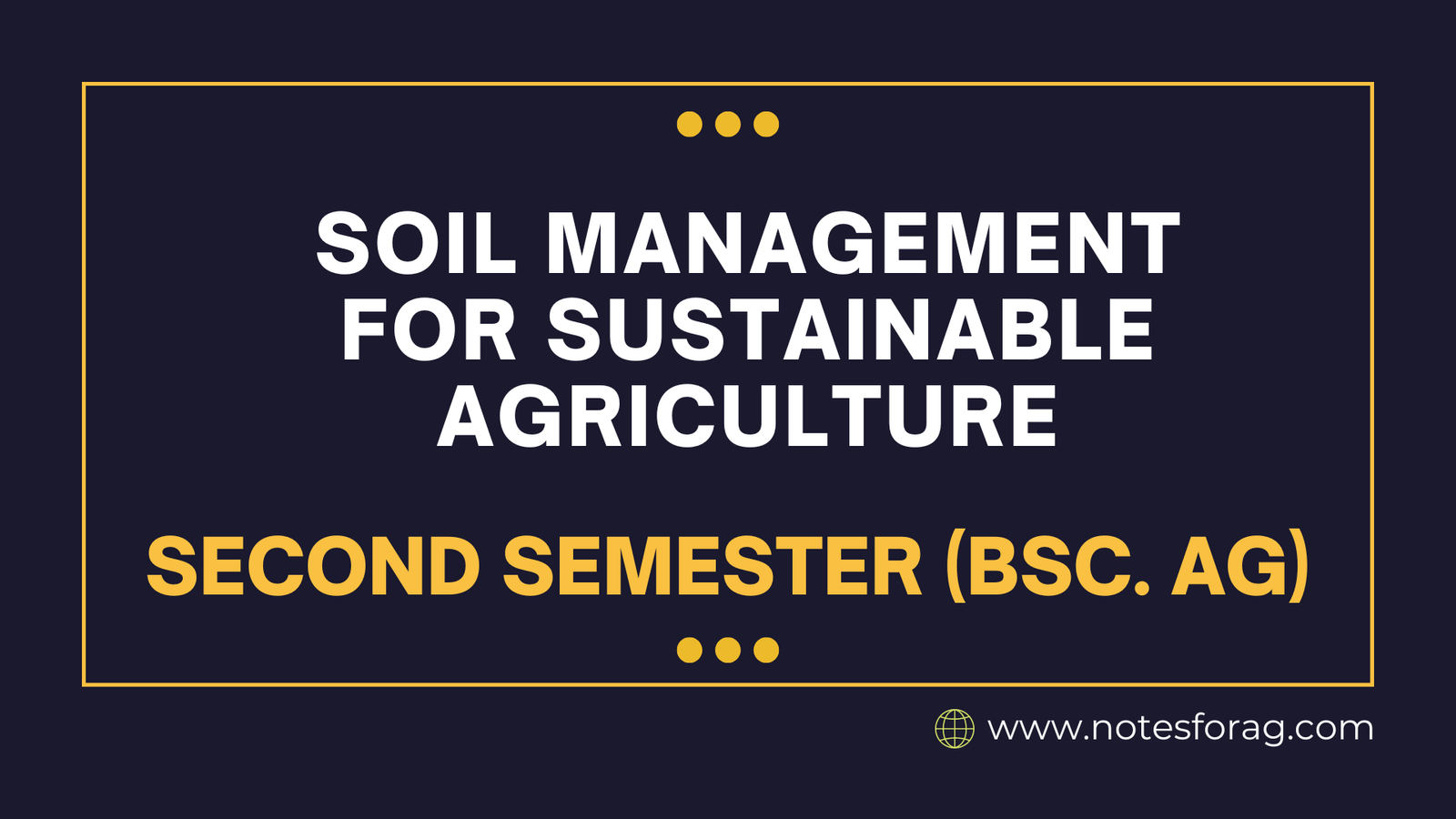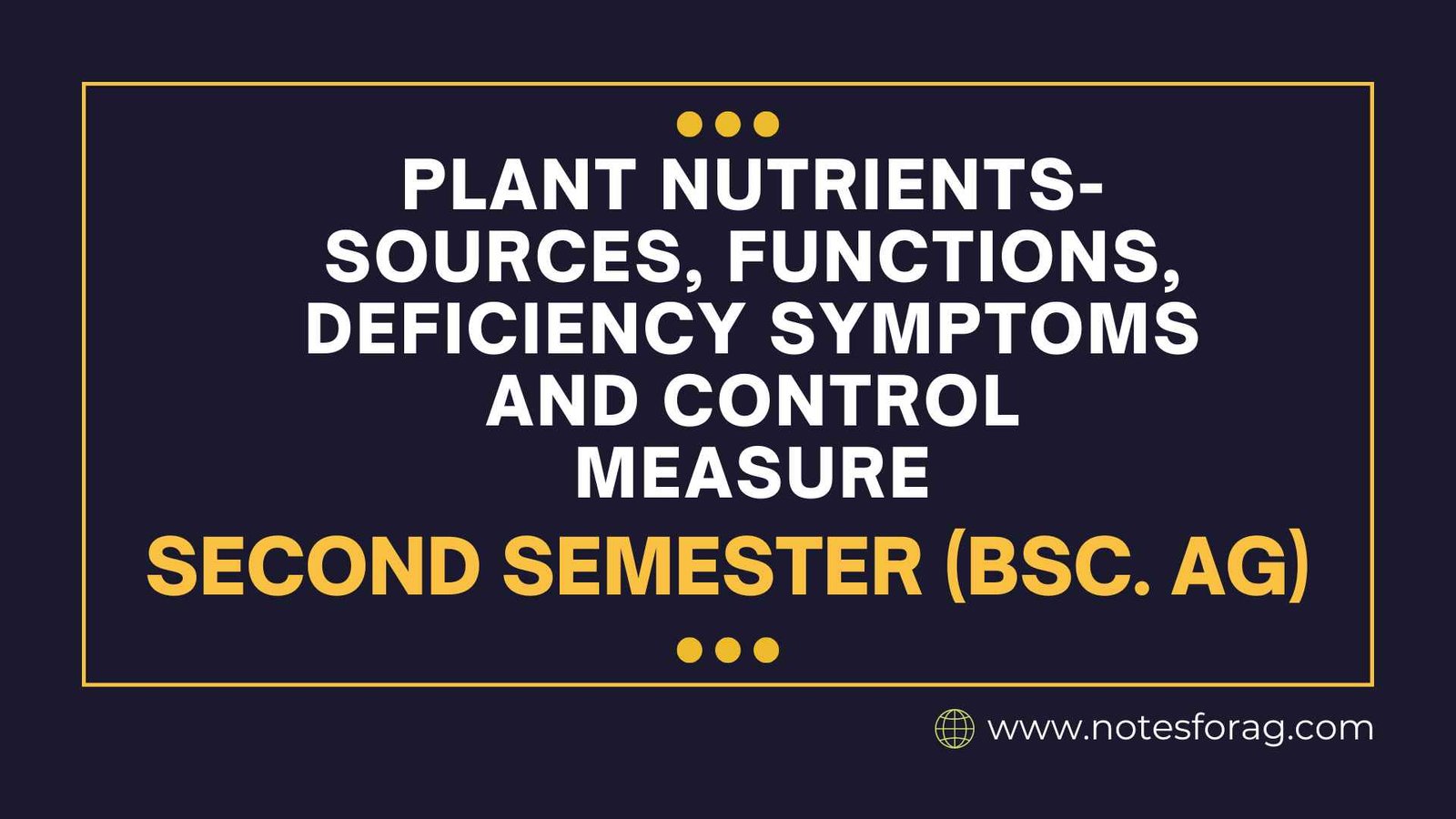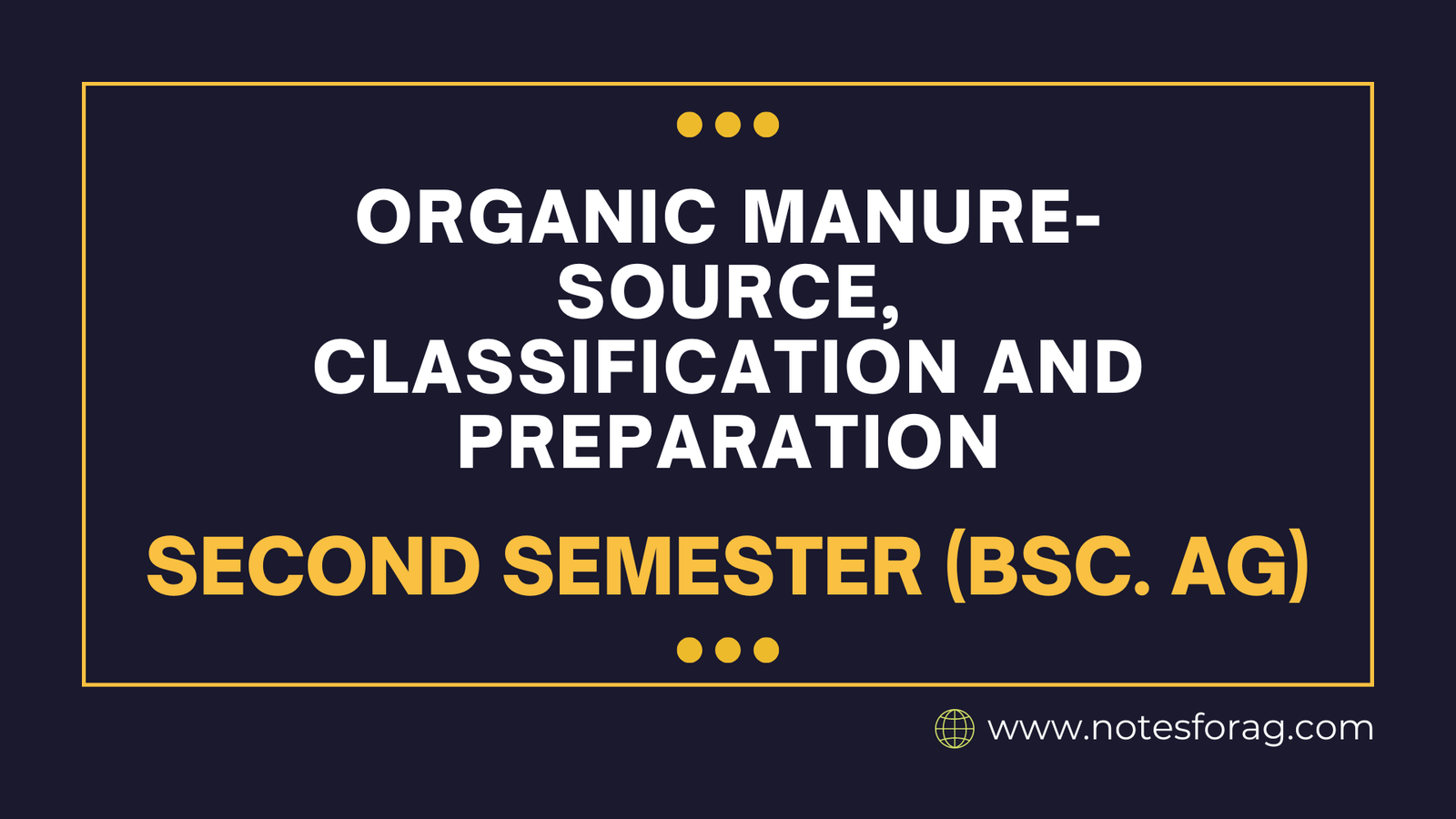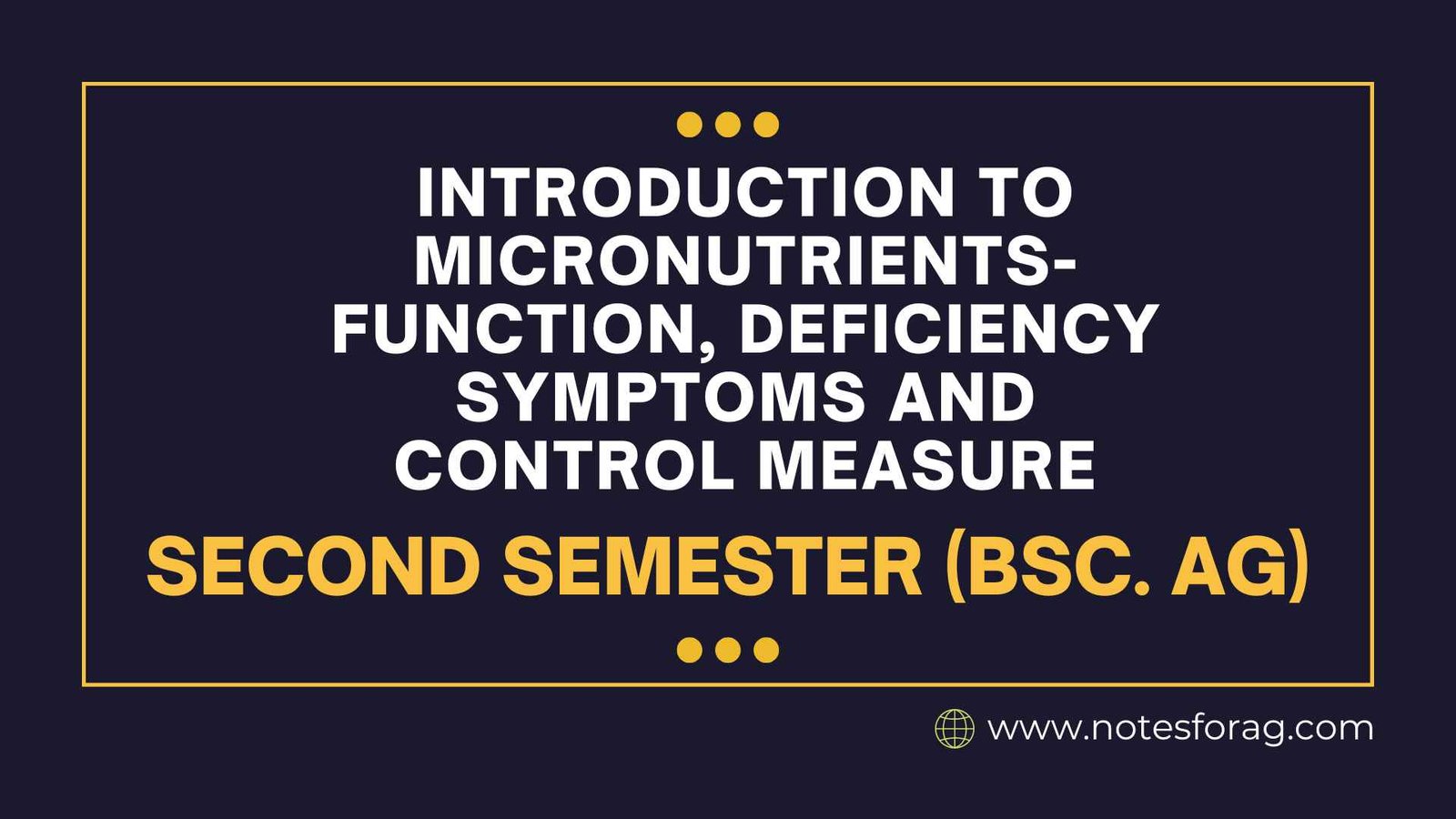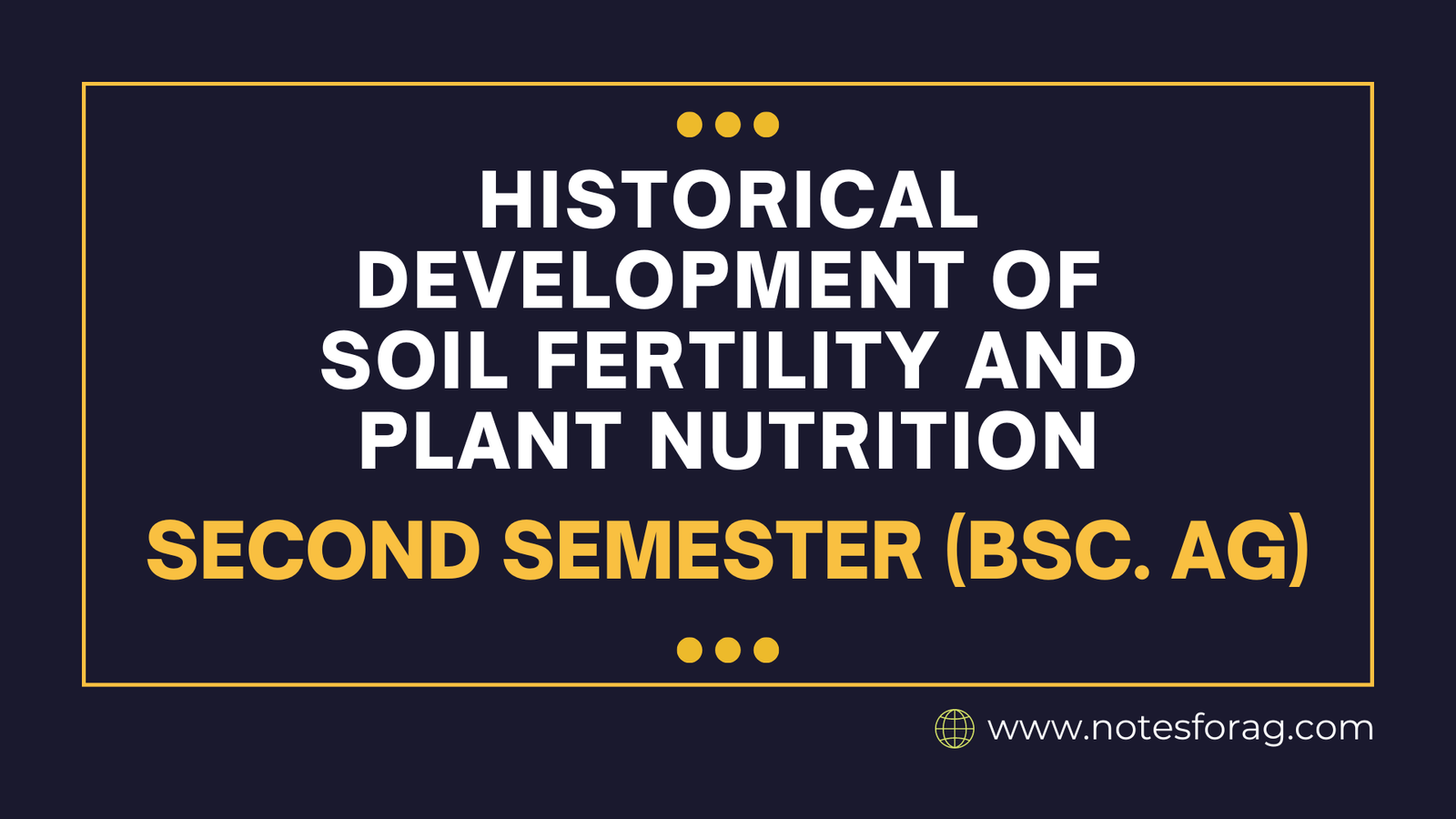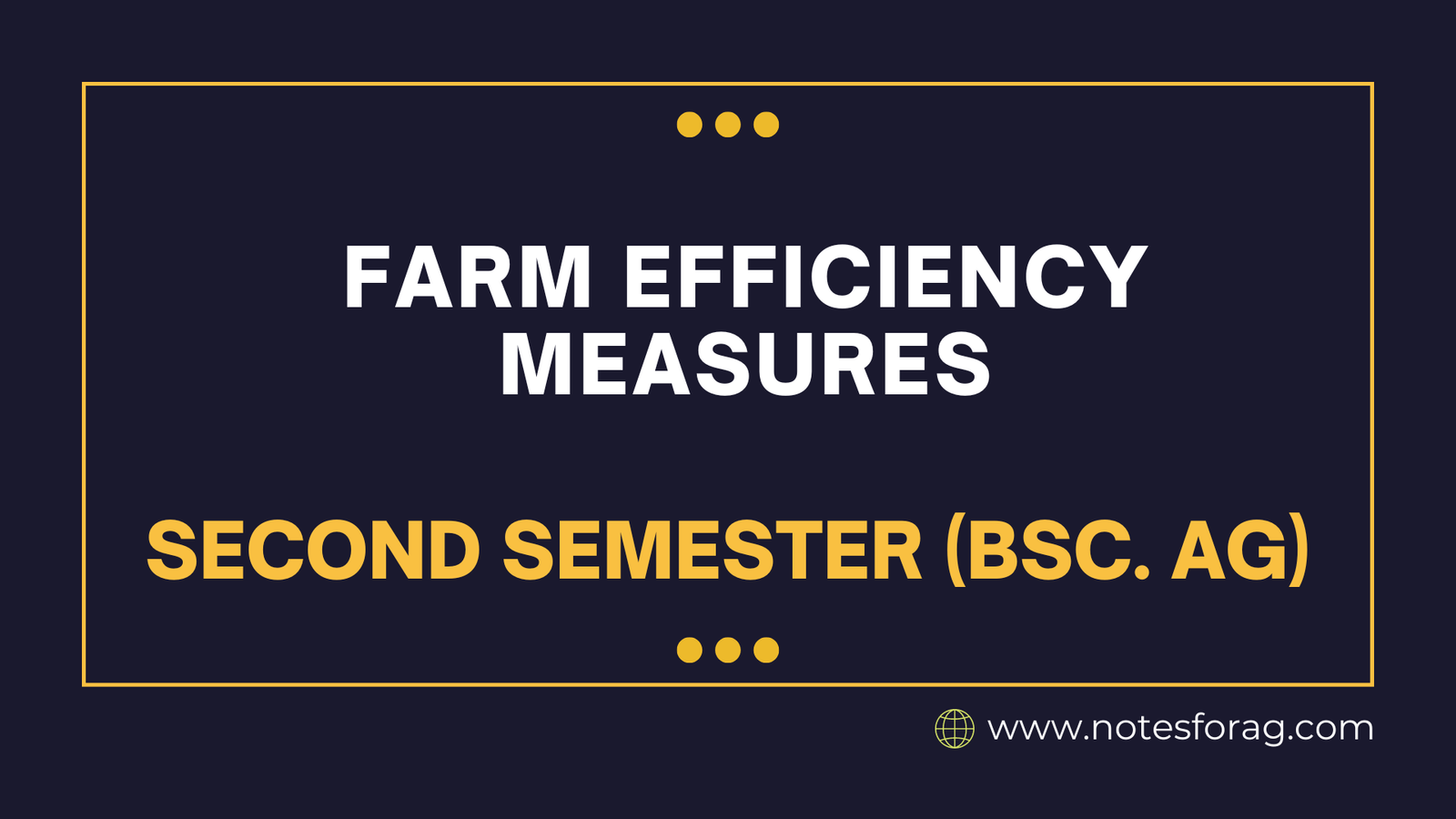Soil management for sustainable agriculture
In order to guarantee long-term agricultural productivity and environmental stewardship, soil management for sustainable agriculture focuses on preserving and improving soil health. Crop rotation, reduced tillage, organic amendments, cover crops, and effective water management are important techniques. Sustainable soil management protects natural resources, enhances nutrient cycling, and reduces the effects of climate change by fostering … Read more

